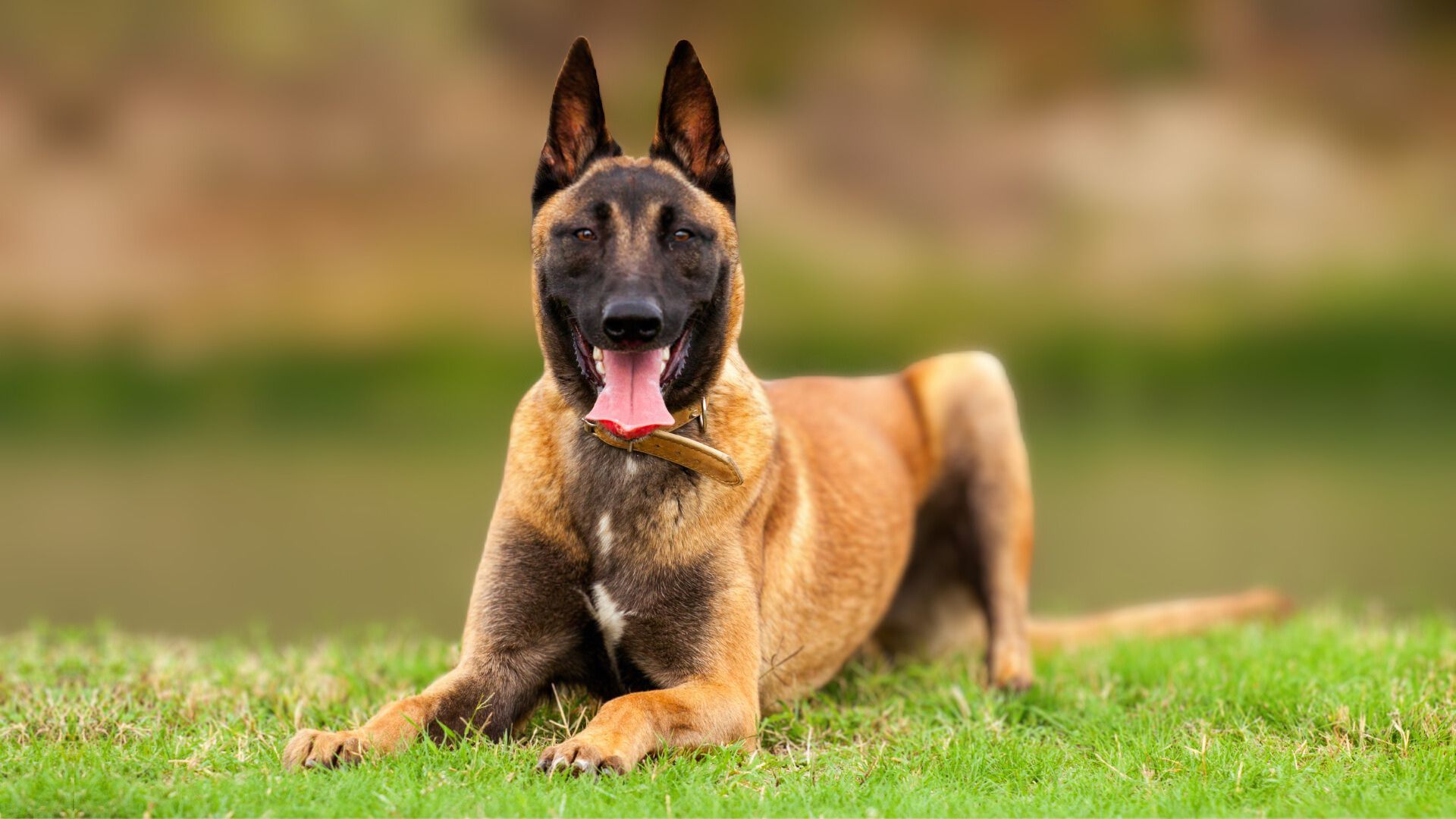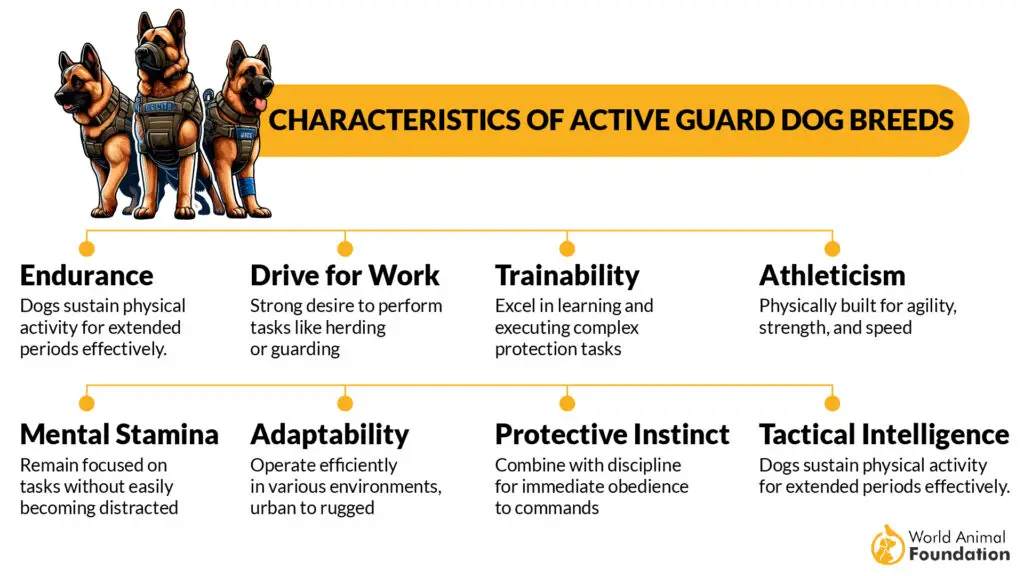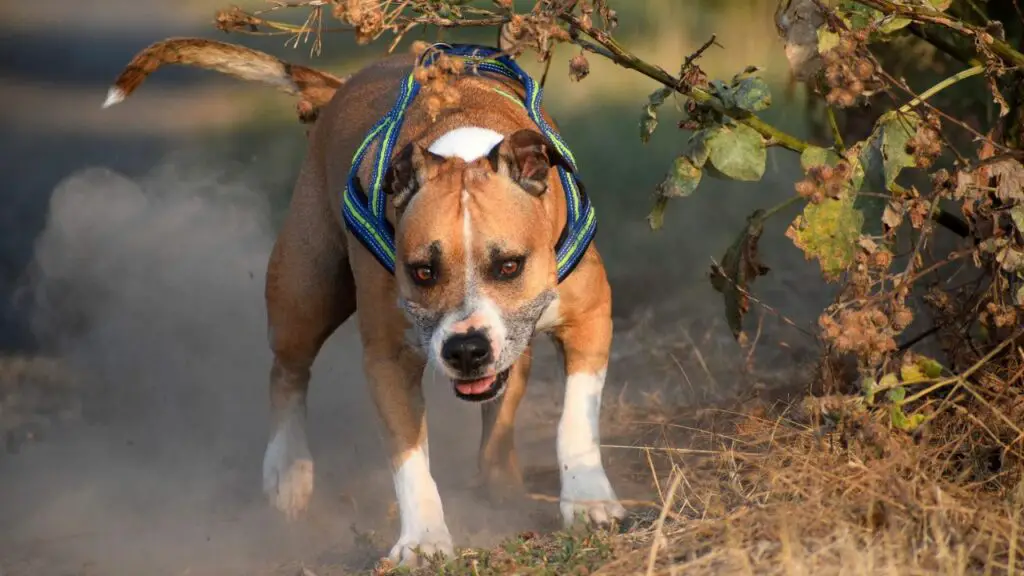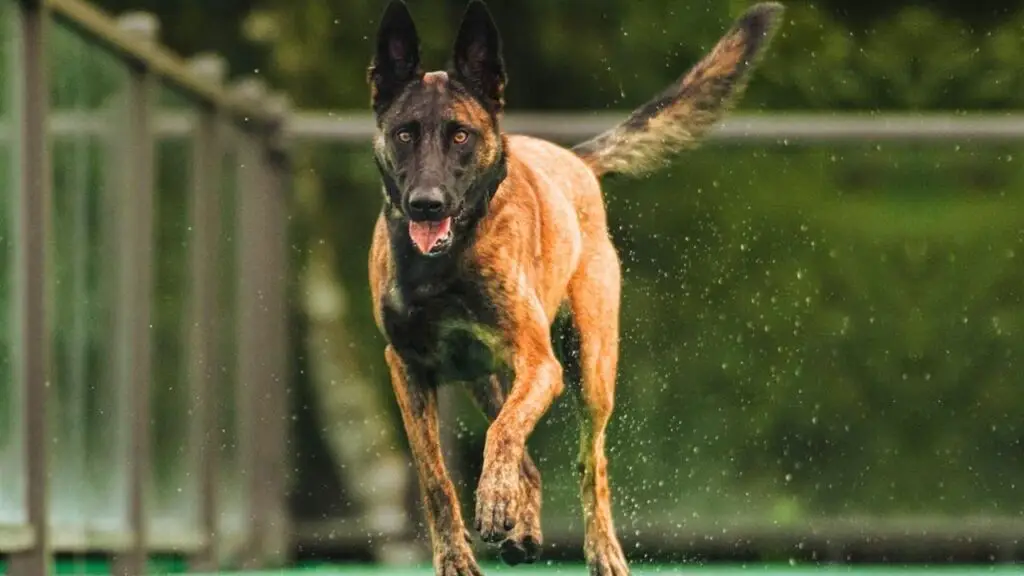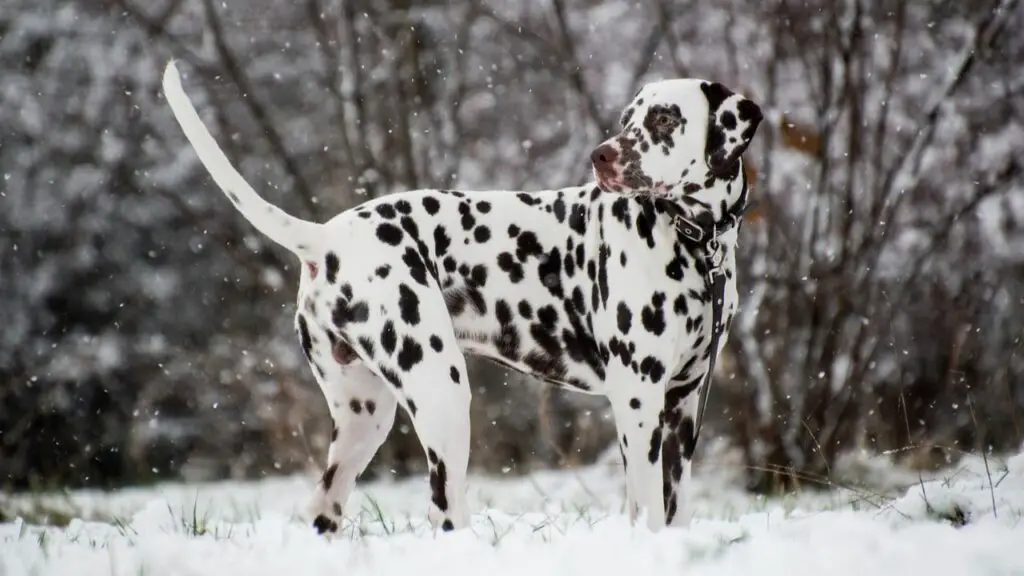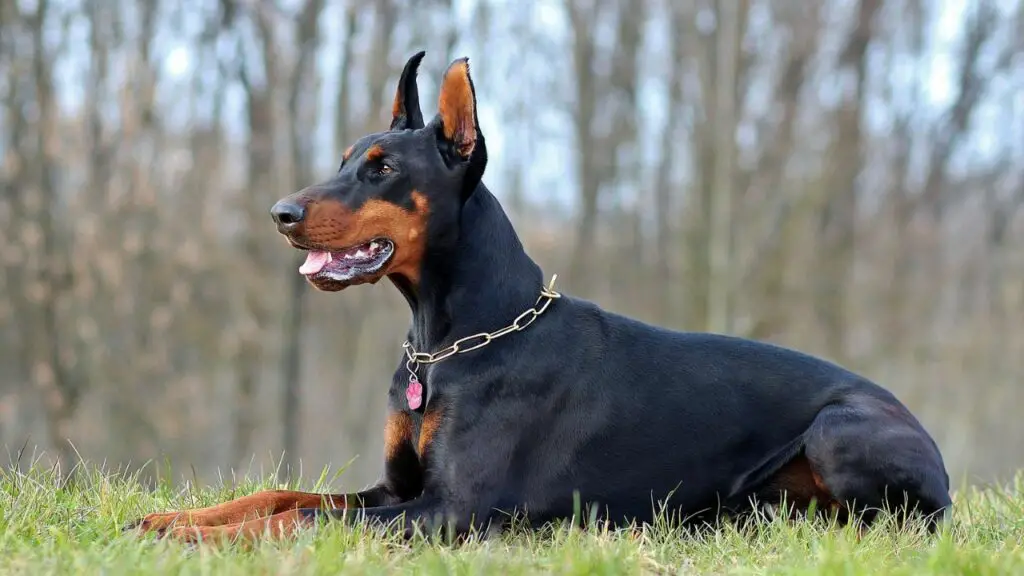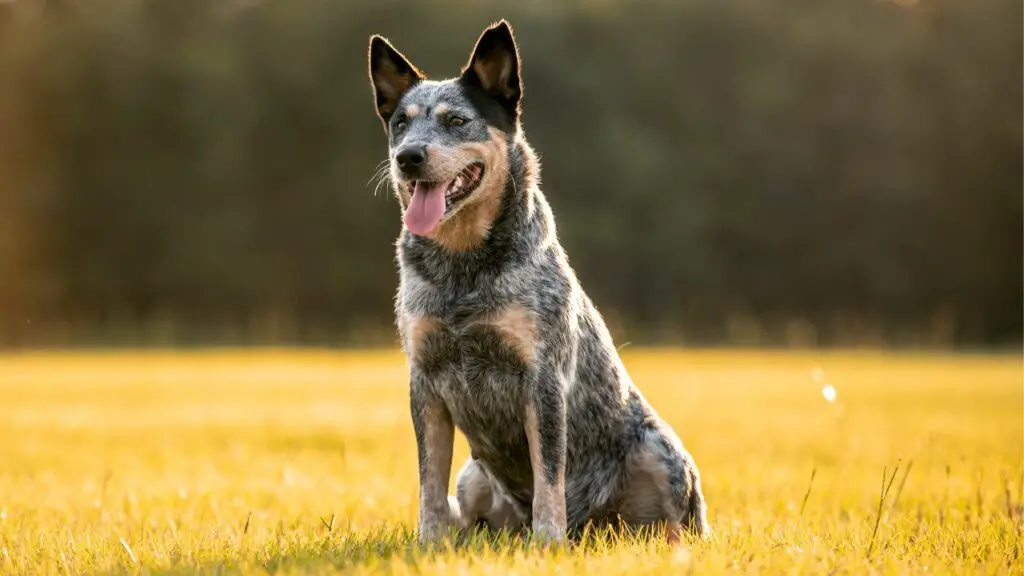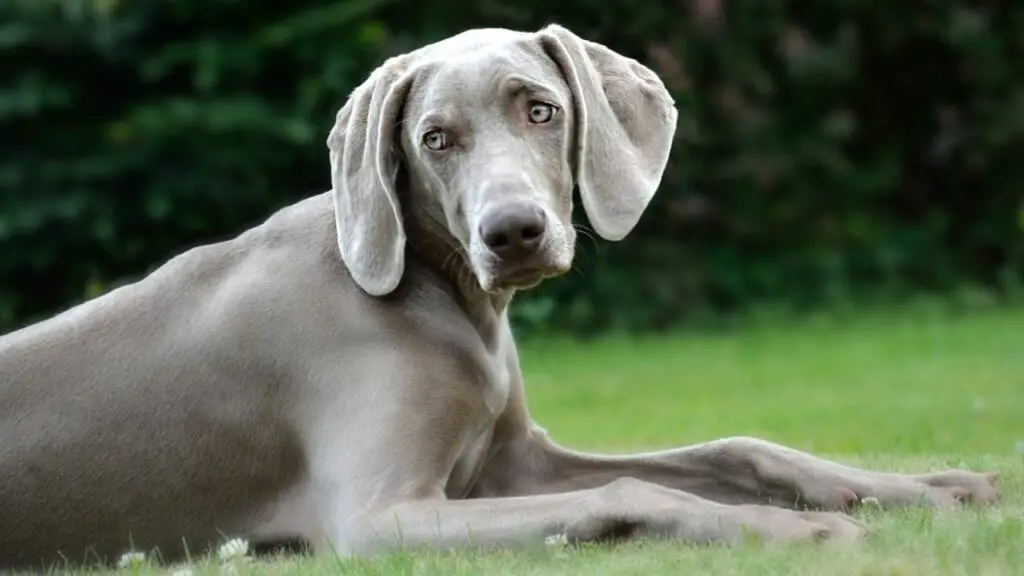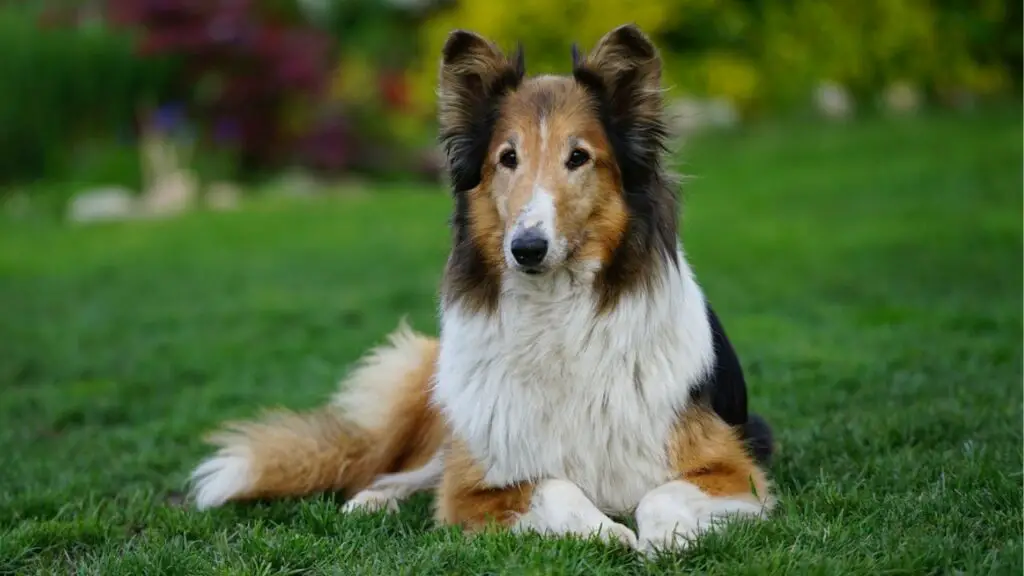Feeling unsafe? Your family deserves the best protection, and a loyal guard dog can offer invaluable peace of mind. While no dog can replace a robust security system, certain breeds are naturally inclined to be vigilant protectors. This article explores seven of the most active guard dog breeds, highlighting their inherent protective instincts, trainability, and energy levels. From powerful deterrents to affectionate companions, these breeds offer a combination of strength and devotion, making them ideal additions for families seeking enhanced security.
It is commonly believed that guard dogs are naturally full of energy – it’s just how they’re wired. And guess what? They help us stay on our toes, too. Moving around with them is not only fun but super healthy for us as well. Actually, research backs this up: Dog owners tend to have better blood pressure and cholesterol and a lower risk of heart disease. Plus, having a furry friend around is a big mood booster.
Some guard dog breeds take the energy game to a whole new level. They were born to move and love a good workout, not just because it’s fun, but because of their history and the purpose they were bred to drive them to.
Heads up: these dogs crave loads of exercise and get a kick out of solving puzzles and learning new tricks. Activities like agility training are perfect for these energetic brainiacs.
Ready to meet 7 of the most active guard dogs? Let’s dive in!
Most Active Guard Dogs
1. American Staffordshire Terrier
The American Staffordshire Terrier is a strong and snugly sized guard dog known for its devotion. These dogs are incredibly affectionate with their families and have a protective streak. They can be a bit cautious around new people, so it helps to get them socialized early on.
Remember, they have a strong prey drive, which might make living with smaller pets tricky. While they might alert you to unusual sounds, they’re usually quiet enough to live in apartments.
View this post on Instagram
PetMD advises that these energetic dogs need plenty of exercise – think about an hour every day, which you can split into shorter playtimes. Grooming is easy with their simple coat; a quick brush every few weeks does the trick, and shedding is pretty minimal.
2. Belgian Malinois
Belgian Malinois are clever, self-assured dogs known for their well-rounded nature and muscular agility. They always look like they’re ready for action, with a powerful presence and lively spirit. These great guard dogs are exceptional at tracking and herding, boasting impressive protective abilities that make them great companions for outdoor adventures.
With their herding background, Belgian Malinois have a strong instinct to chase, so it’s important to introduce them to different situations and teach them how to behave around cars, kids, and smaller pets early on.
@naughtymutts
Beautiful, snowy morning hike with the brown dogs #malinois #belgianmalinois #hikingadventures #hikingwithdogs #dogtok #naughtydogsoftiktok #sportdog
♬ Would That I (True that I saw her hair like the branch of a tree) – Hozier
WebMD highlights their active side, mentioning they thrive on engaging in activities with their humans, like running, hiking, or biking. Just letting them loose in the backyard isn’t enough for these active dogs. Caring for their coat is easy thanks to its waterproof quality, although they do go through two major shedding periods each year.
3. Dalmatian
Dalmatians are known for their impressive speed, stamina, and intellect. Originating as companions for fire trucks and carriages, they have a knack for running alongside and even have a past in pursuing criminals, marking them as natural guard dogs. They’re always on alert, ready to bark at unfamiliar sounds or visitors, providing a protective warning to their family.
A bit cautious around new faces, Dalmatians assess situations carefully, stepping up to protect only when they perceive a real threat. These dogs are full of energy and love to play, showing deep loyalty to their families and generally getting along well with kids, though their high energy might be overwhelming for the very young.
Capable of speeds up to 37 mph, Dalmatians possess remarkable endurance and are able to maintain this pace over long distances. The AKC notes that without sufficient physical and mental activity, Dalmatians may find themselves in trouble due to their high energy levels.
Their distinctive coats, with unique spots against a white backdrop, are easily maintained, adding to their charm and appeal.
4. Doberman Pinscher
Dobermans stand out for their sharp intelligence, unwavering loyalty, and innate protective instincts. Born to guard, they’re ready to protect their loved ones, showing a fierce side when necessary. Yet, with their families, they reveal a tender, playful nature. These dogs cherish open spaces for exercise and delight in joining family outings, whether to the park or on vacations.
View this post on Instagram
Dobermans excel in balancing the dual roles of formidable defenders and affectionate companions, adept at safeguarding their families while being gentle with children. Recognized as superb watchdogs, they respond well to training thanks to their remarkable intelligence.
Doberman Pinschers are strong and full of energy, requiring plenty of exercise to stay happy and well-behaved. Without enough physical activity, they can become grumpy or aggressive. However, they can adapt to apartment living just fine as long as they get daily workouts.
Petplan notes that while Dobermans aren’t hypoallergenic, they’re quite easy to care for grooming-wise. It’s also important to choose a reputable breeder when looking for a Doberman puppy.
5. Australian Cattle Dog
The Australian Cattle Dog is a powerhouse of energy, strength, and endurance, perfect for long walks over tough terrain while herding. They’re also protective, making excellent watchdogs who bark only when necessary. Although friendly and playful, they might try to herd small children and can be wary around strangers or other dogs.
@cowboythecattledog
Idc what anyone says heelers are the toughest dogs #fyp #foryou #redheeler #cattledog #australiancattledog #puppy
♬ Boom (feat. Talabun) – Ibenji
These dogs are incredibly loyal and love being part of human activities. They’re full of fun and enjoy playing, though their herding instinct might lead them to chase. With proper training, this behavior can be managed. They’re great with kids but are better suited for families with older children due to their herding tendencies.
To keep up with their high energy levels, Australian Cattle Dogs need plenty of exercise. A simple walk won’t suffice; they thrive on intense physical activities and need over two hours of exercise daily. During shedding season, prepare for lots of fur. Regular brushing with a short-bristle brush will help control shedding and keep your dog’s coat healthy.
6. Weimaraner
The Weimaraner, also known as the Grey Ghost, is an elegant and athletic dog, eager to please and brimming with energy. Originating from Germany, these dogs were finely tuned for their intelligence, speed, bravery, and outstanding sense of smell.
Historically, Weimaraners have been valued as vigilant guardians of homes, alert to any strangers and ready to bark a warning. This makes them excellent watchdogs, combining their watchfulness with a non-aggressive demeanor.
Given their lineage as hunting dogs, Weimaraners thrive on vigorous exercise and activity. They are not suited to a life confined to a kennel, preferring instead to be close to their human families.
Maintaining a Weimaraner’s sleek appearance is relatively straightforward. Their short coat does shed moderately across the seasons, but they remain relatively low-maintenance in terms of grooming.
7. Shetland Sheepdog
The Shetland Sheepdog, or Sheltie, hails from the rugged Shetland Islands of Scotland, known for its remarkable intelligence, agility, and obedience. These dogs are incredibly sensitive and affectionate, making them great family pets who are very attuned to their family’s emotions.
Вижте тази публикация в Instagram.
Shelties are cautious around strangers, making them excellent watchdogs who won’t hesitate to bark at unfamiliar faces. Although they’re not typically aggressive, some may nip at strangers, signaling their protective nature towards their family.
The AKC highlights that Shelties are full of energy and need ample exercise. They’re fantastic playmates for children, often matching or surpassing their energy levels. To keep them happy and out of mischief, they require both physical and mental engagement.
Grooming a Sheltie involves some effort due to their double coat, which consists of a long, straight top layer and a soft, thick underlayer. Regular grooming is essential to manage their coat and keep them looking their best.
Conclusion
Natural guard dogs like the German Shepherd and Australian Shepherd stand out as excellent guardians and loyal companions. Originally bred for their protective instincts and intelligence, these shepherd dogs are not only great family pets but also serve as vigilant bodyguard-dog breeds.
German Shepherds, known for their versatility and loyalty, alongside Australian Shepherds, are valued for their energy and obedience, which makes them not just great but also excellent guard dogs. These breeds embody the spirit of a true shepherd dog, combining the roles of a loyal dog with the capabilities of an active protector.
Choosing the right guard dog involves more than just breed reputation. While these seven breeds – known for their alertness, protective instincts, and imposing presence – offer excellent guardianship, potential owners must consider their lifestyle, experience, and commitment to training and socialization. A well-trained and socialized guard dog becomes a valued family member and a powerful deterrent, while a neglected or poorly trained one can pose a liability. Thorough research, responsible breeding practices, and ongoing commitment are essential for a positive and safe experience with any guard dog breed.

